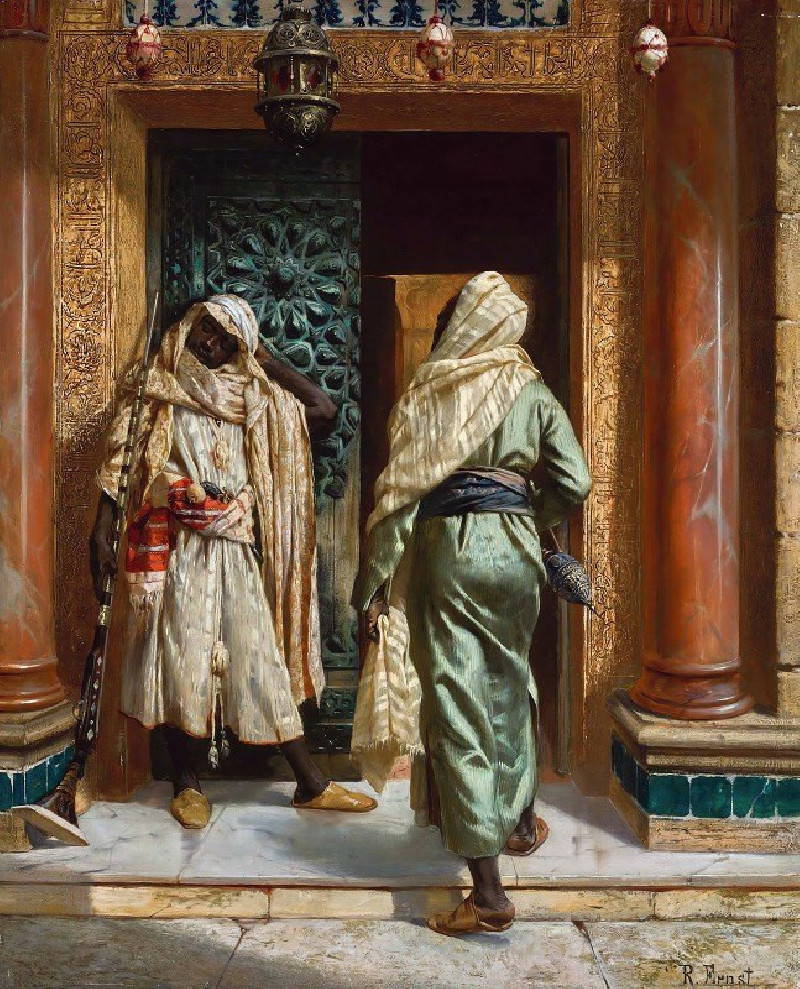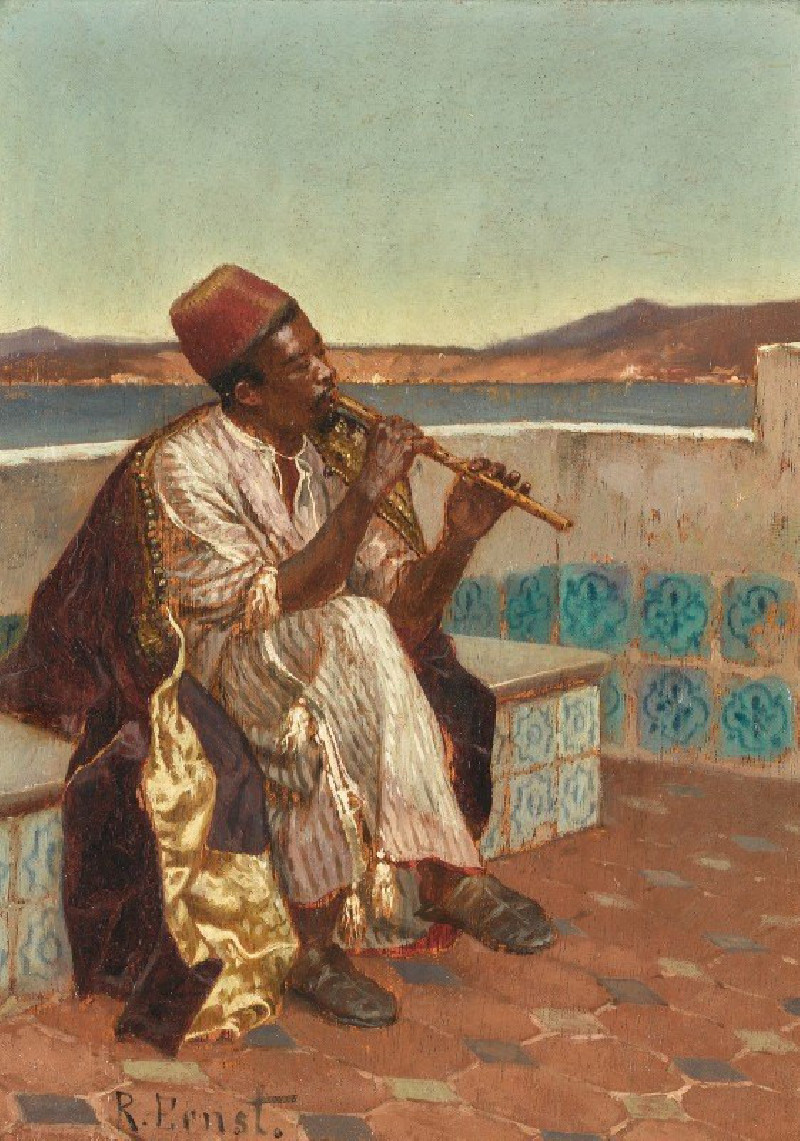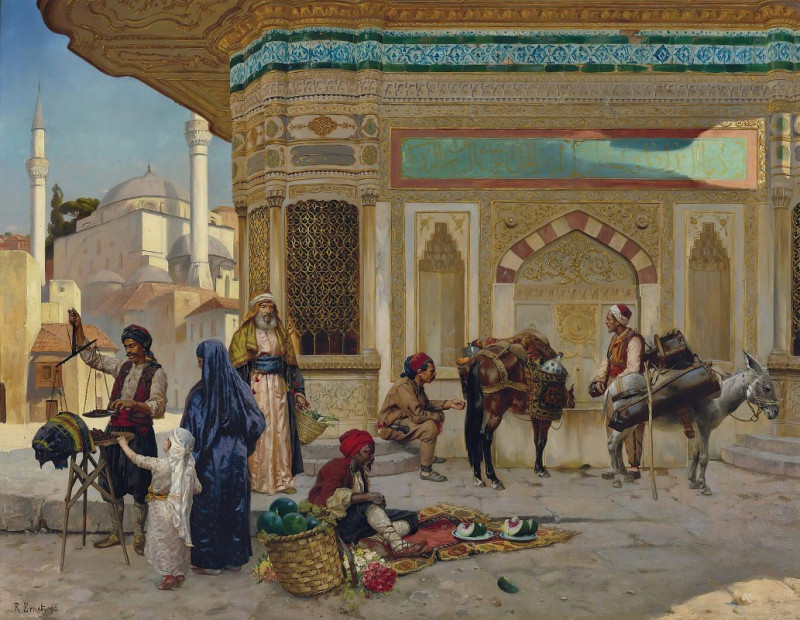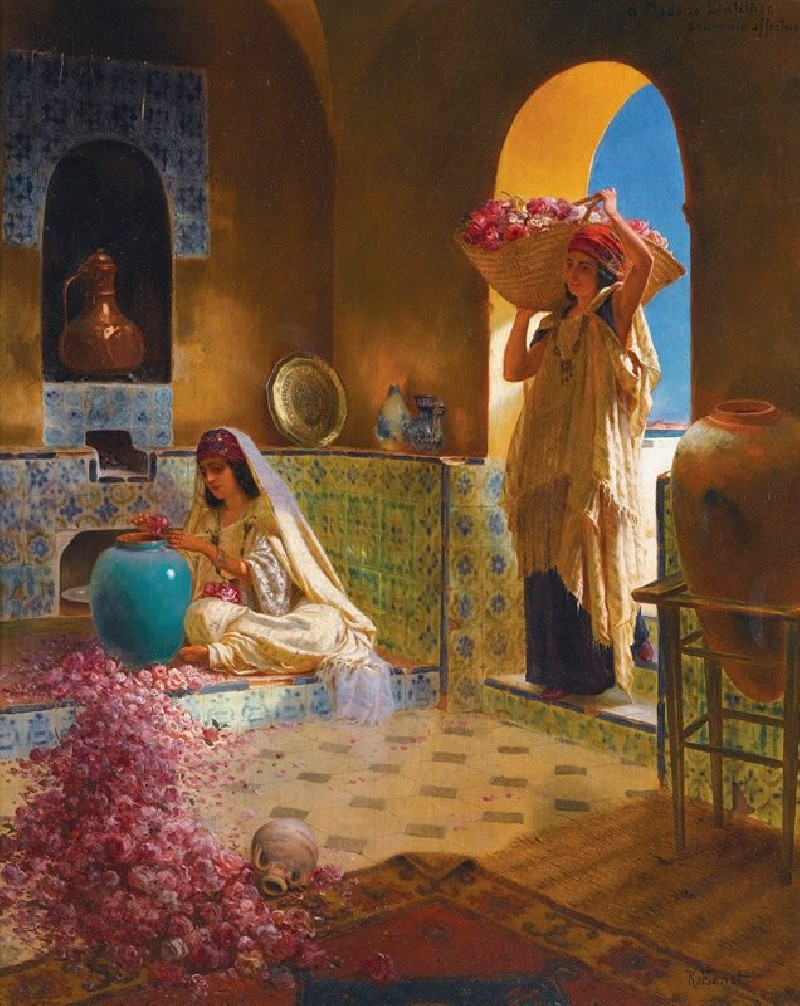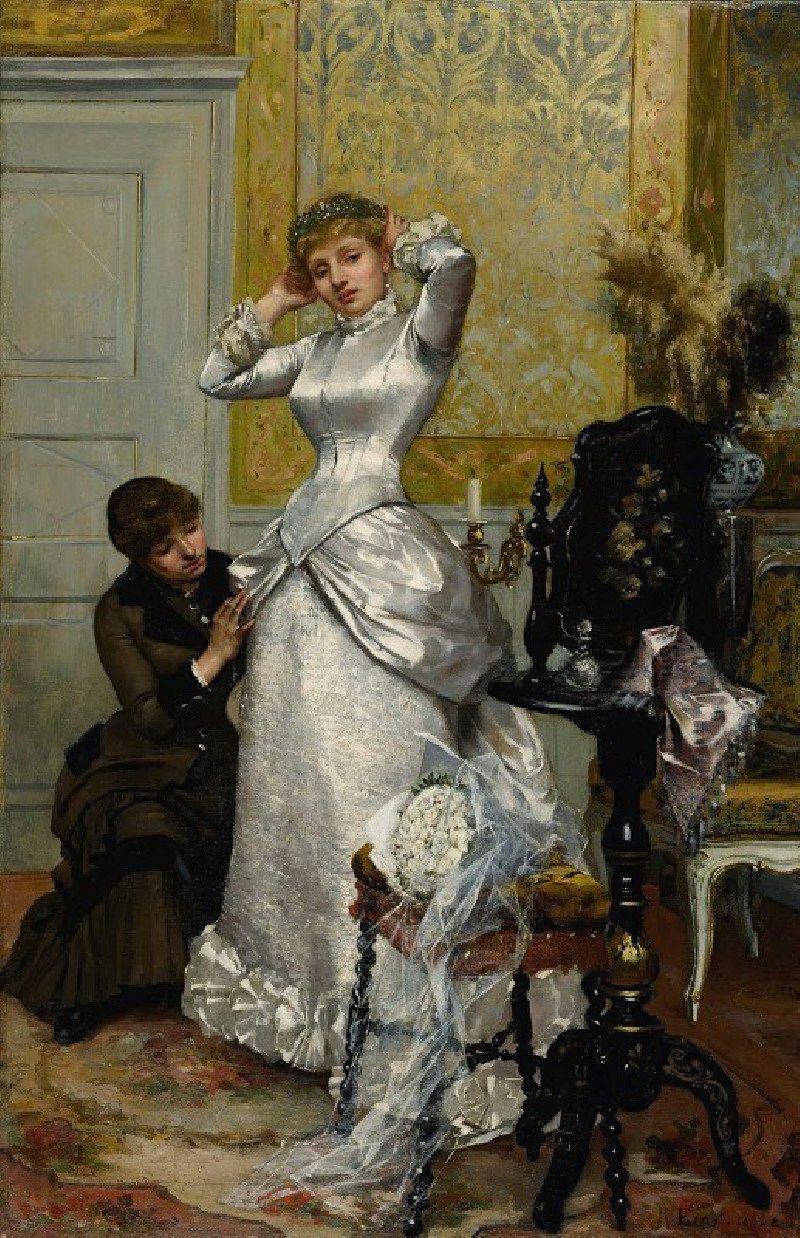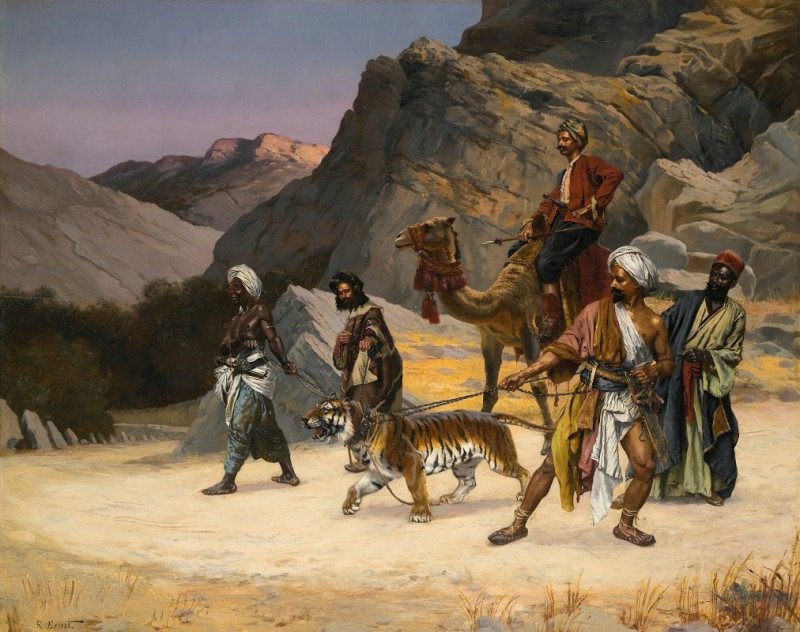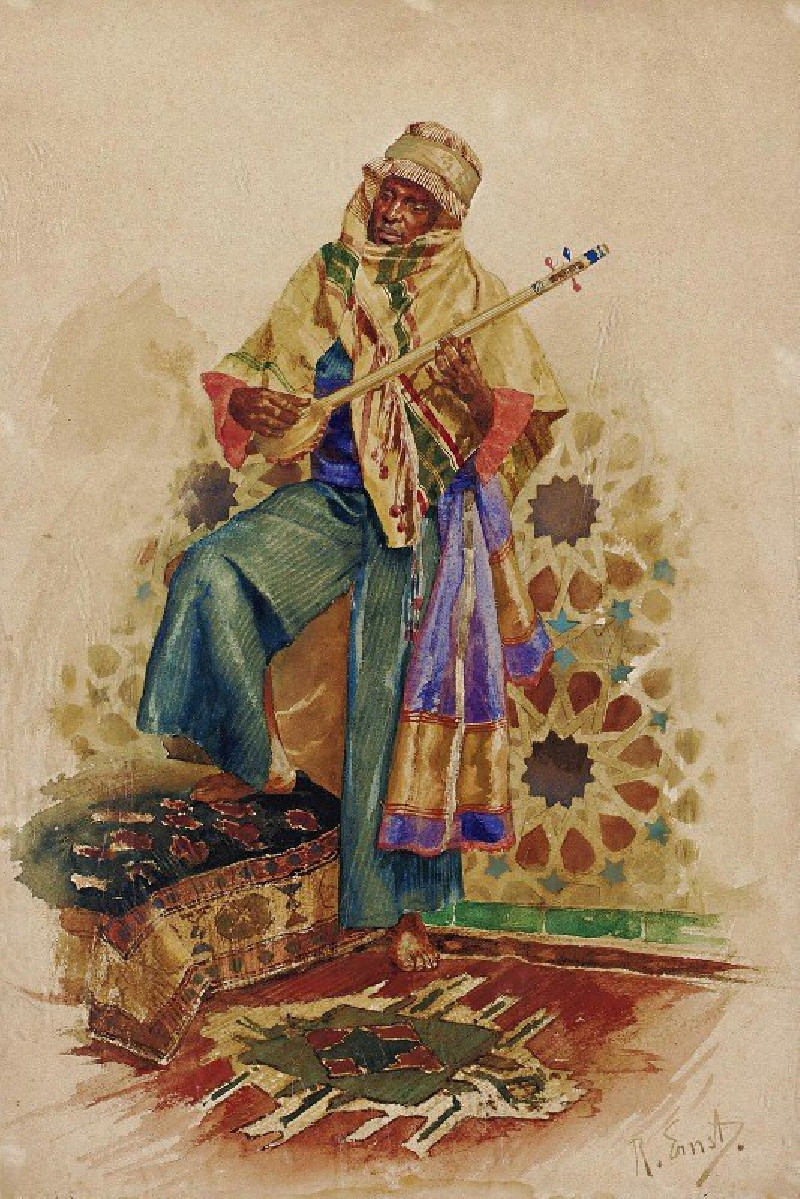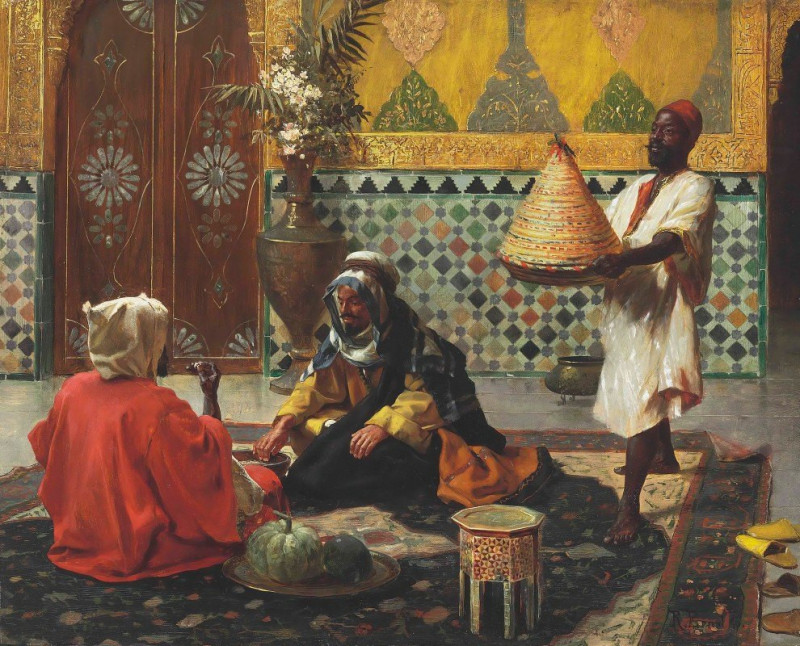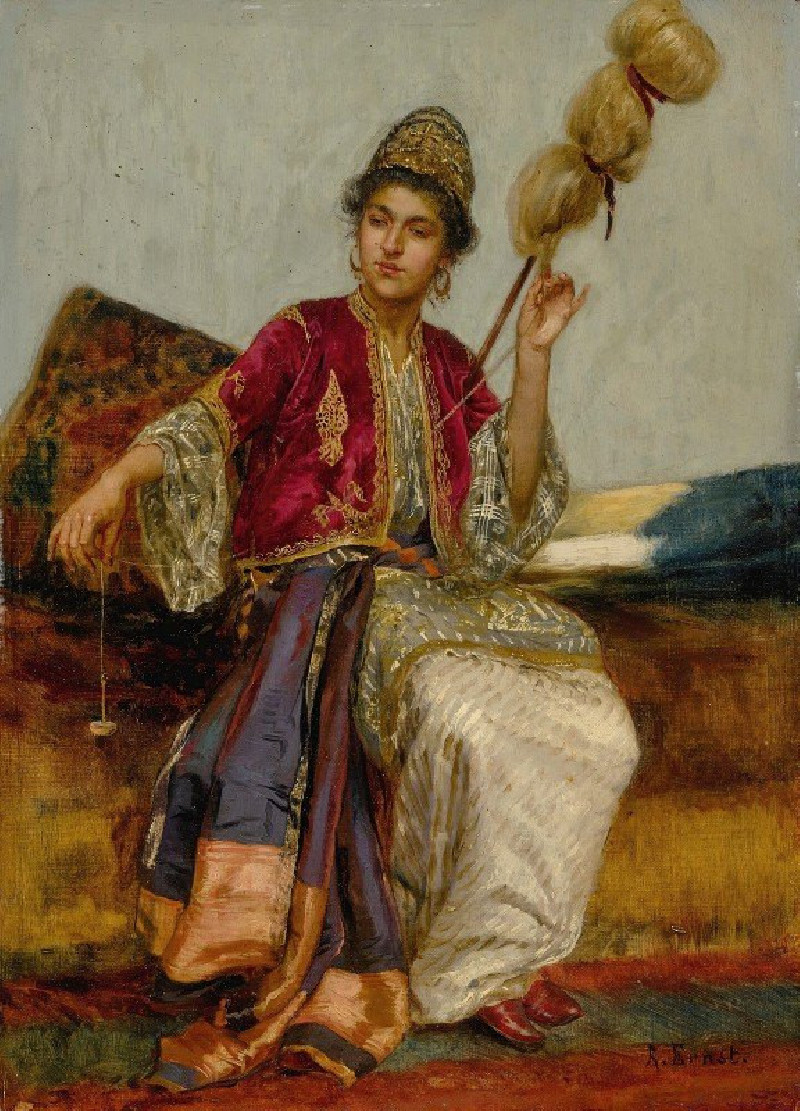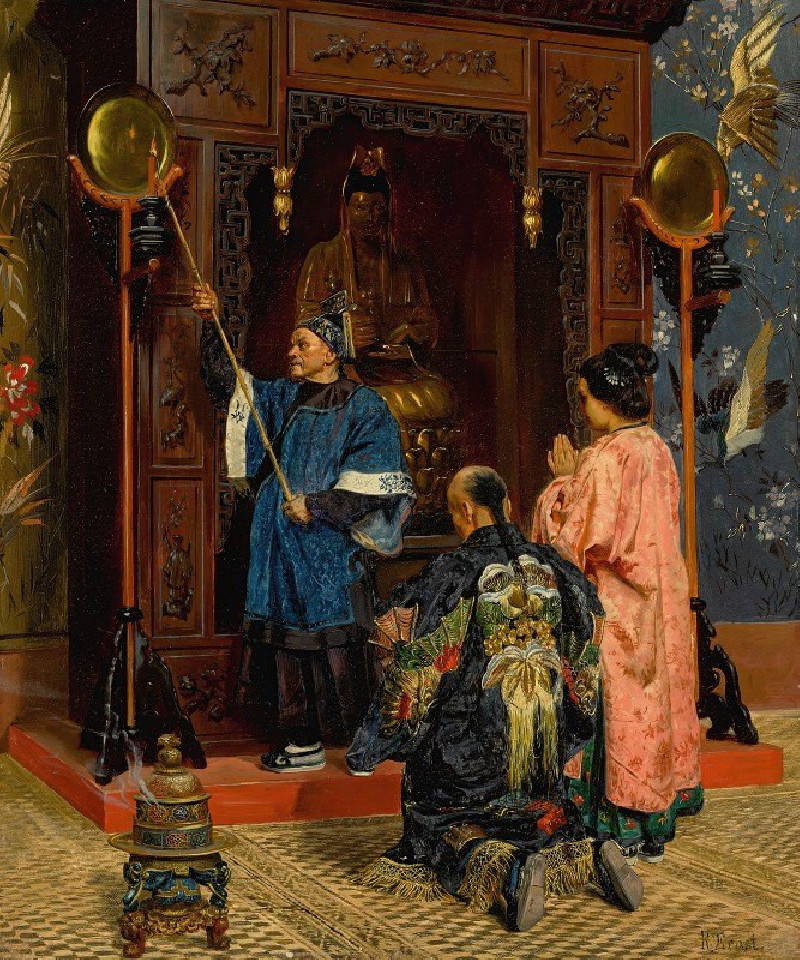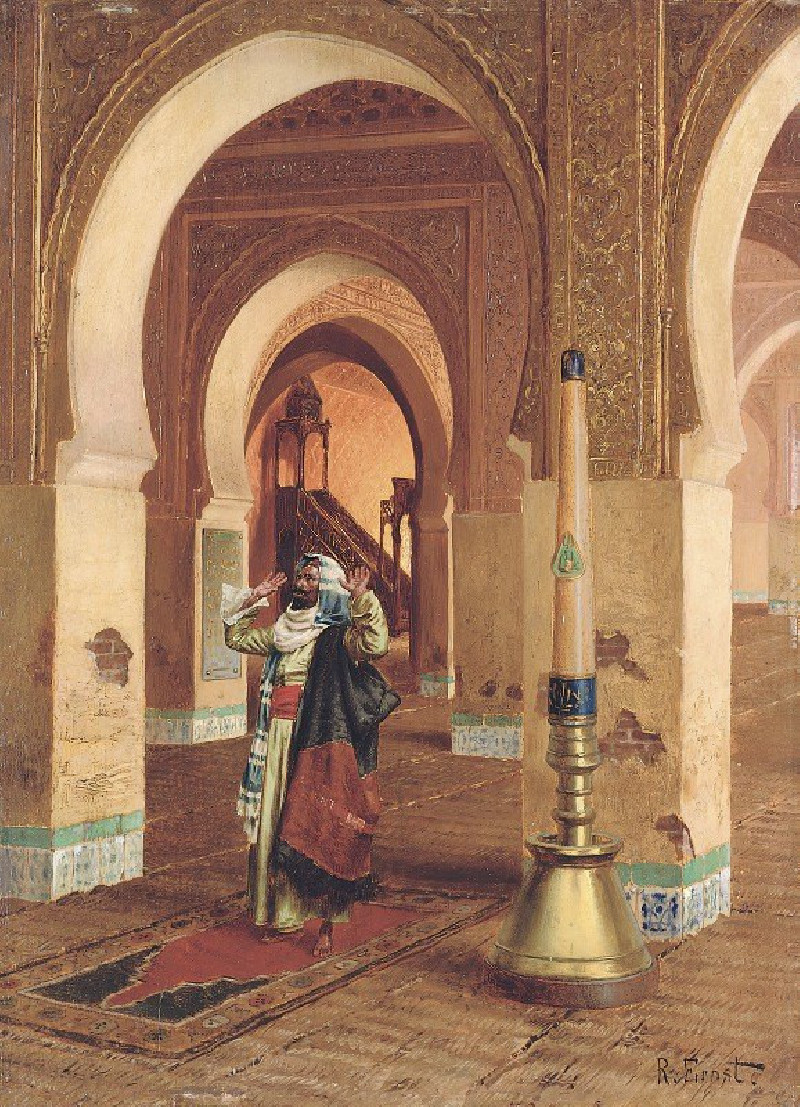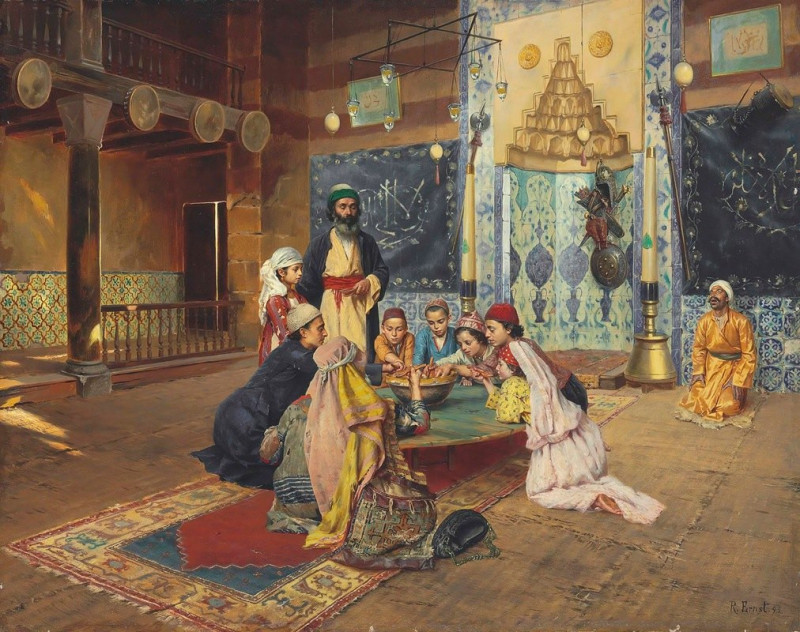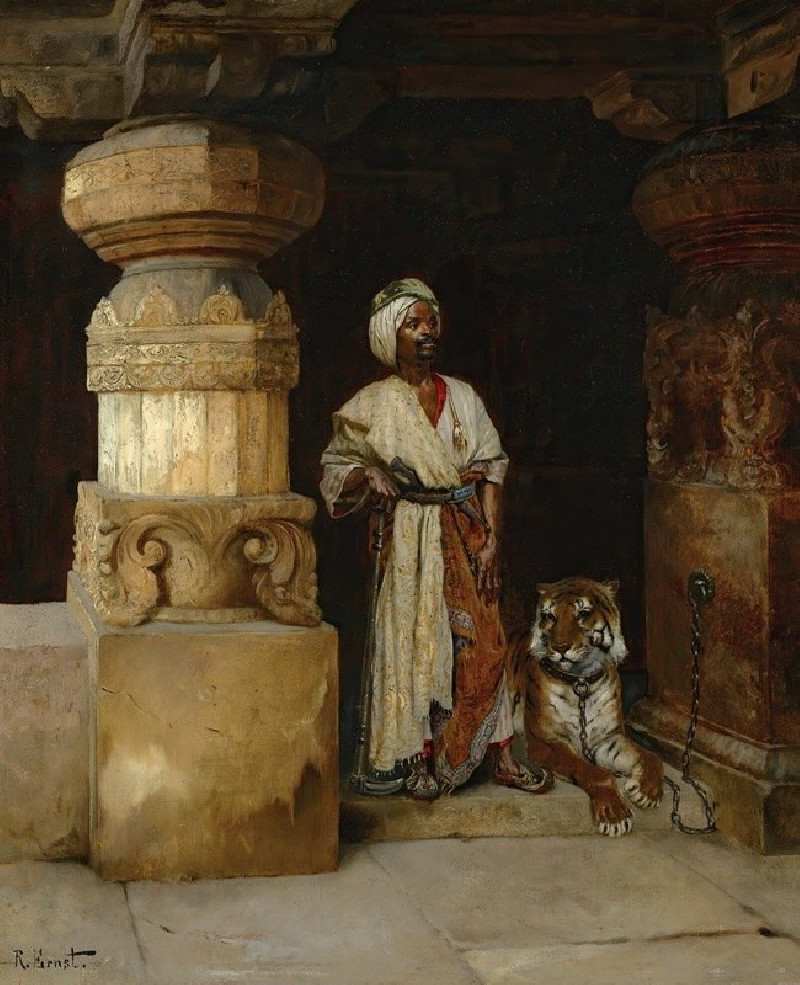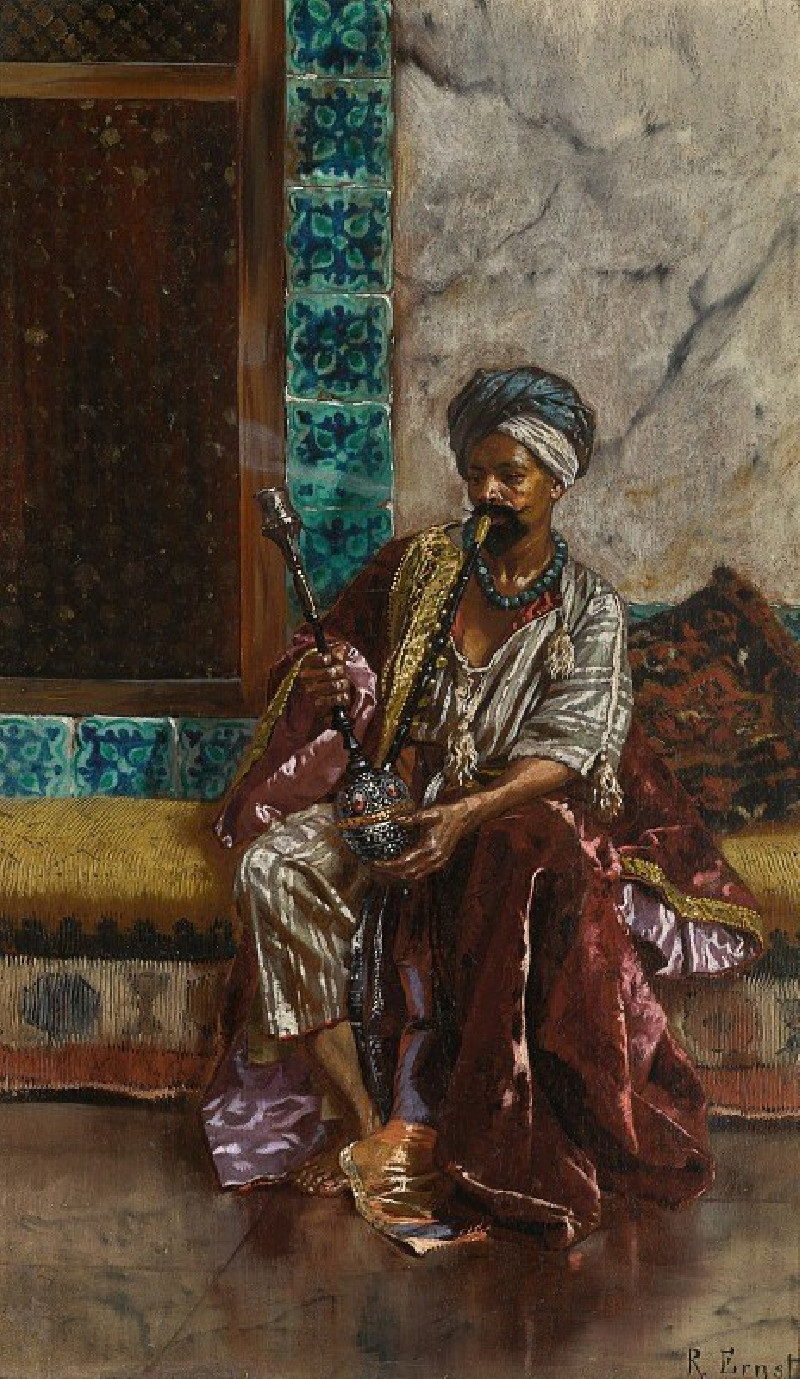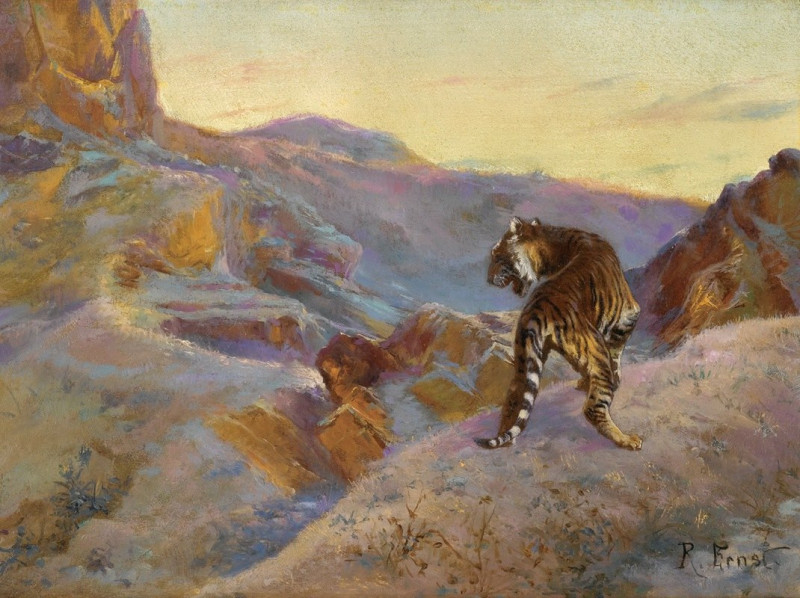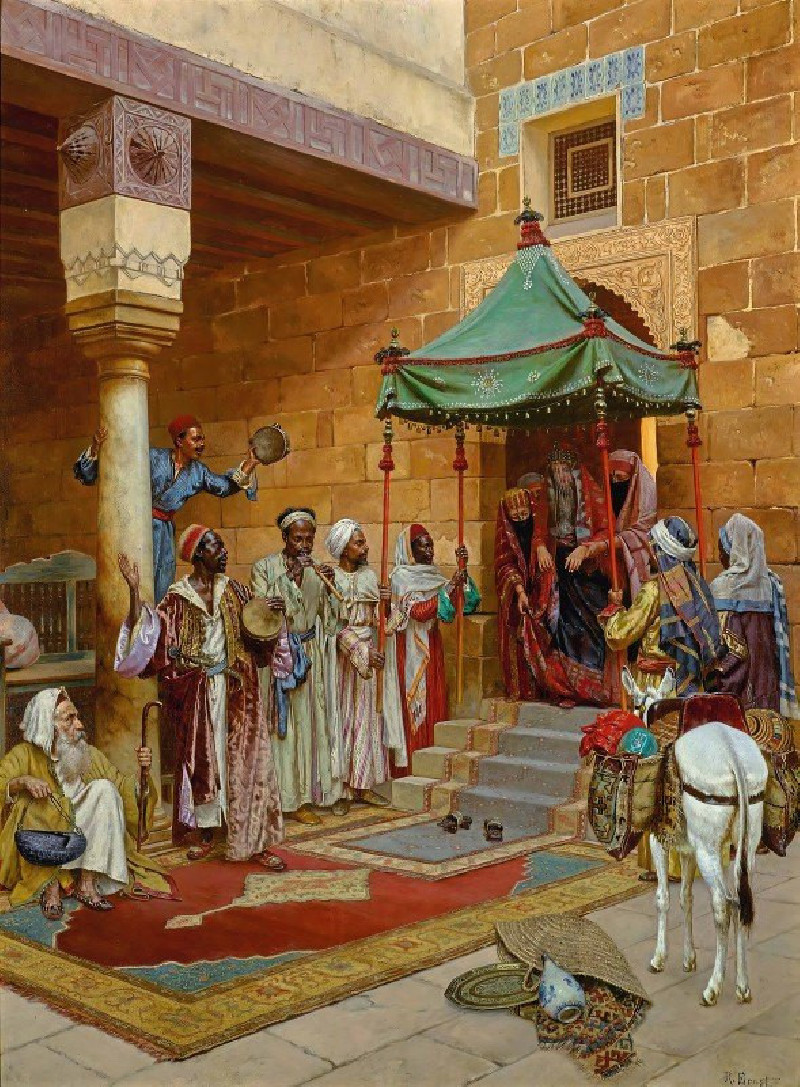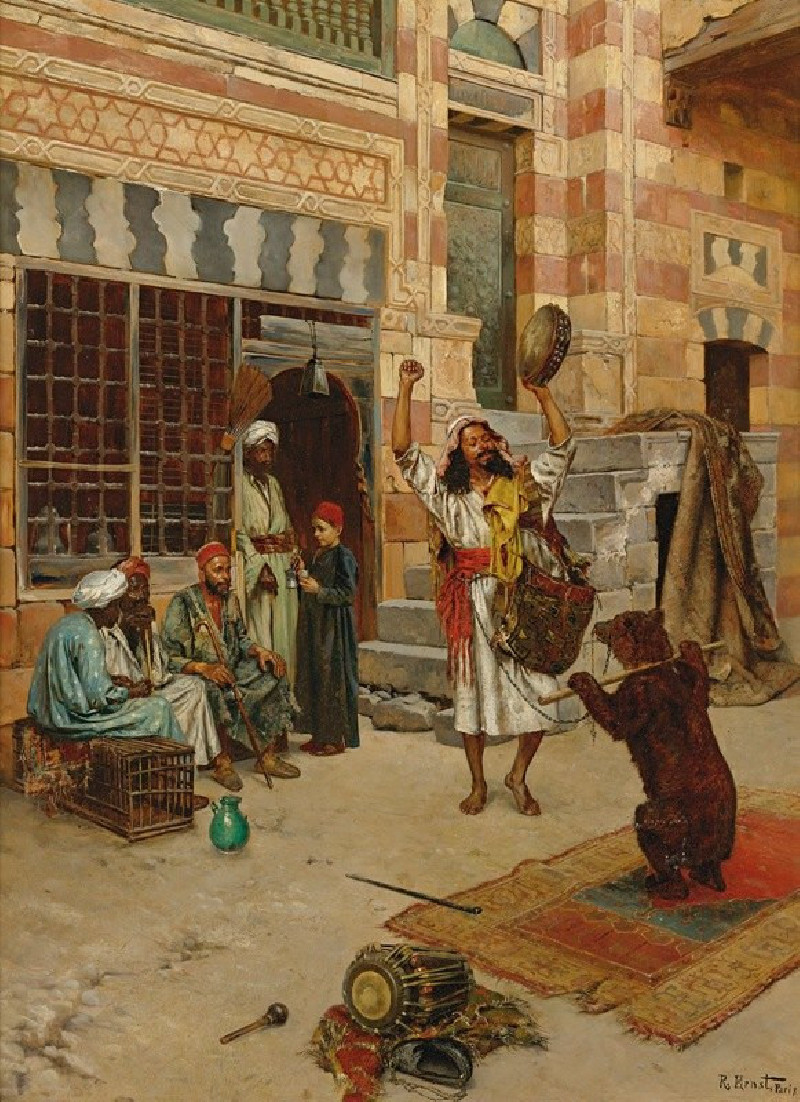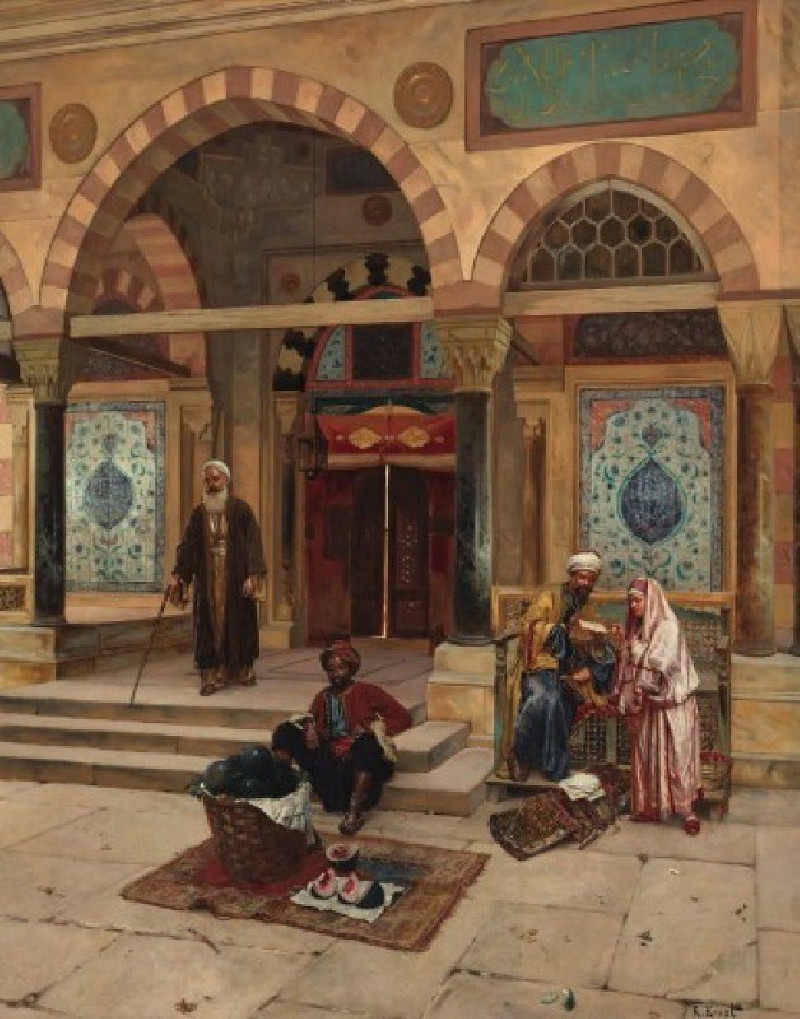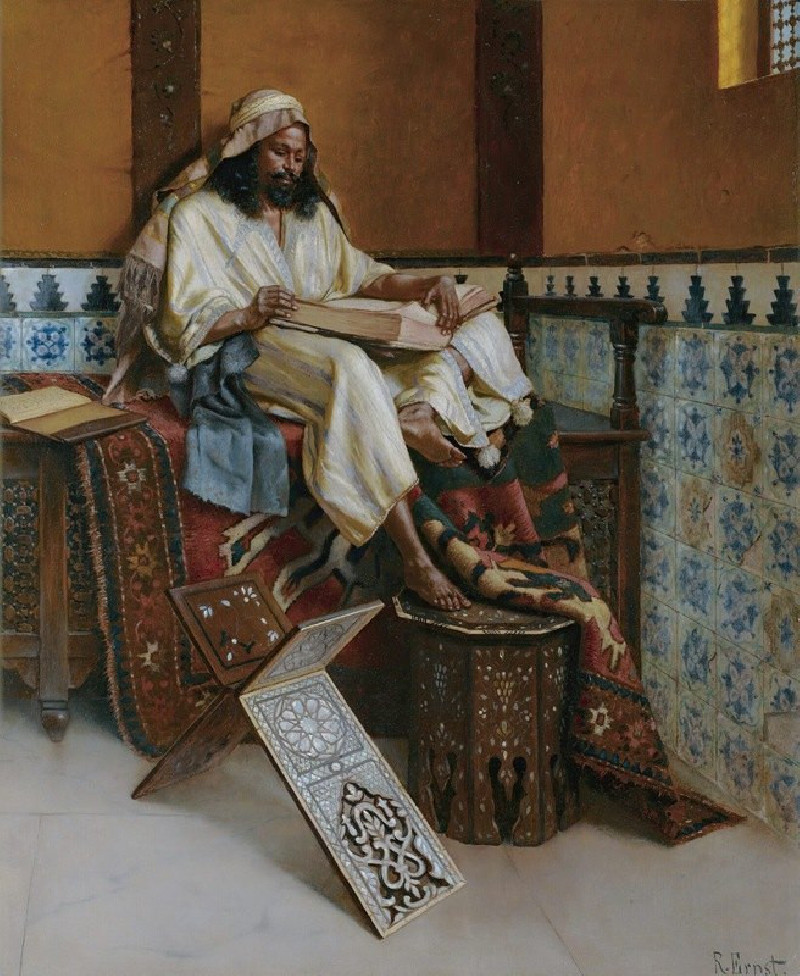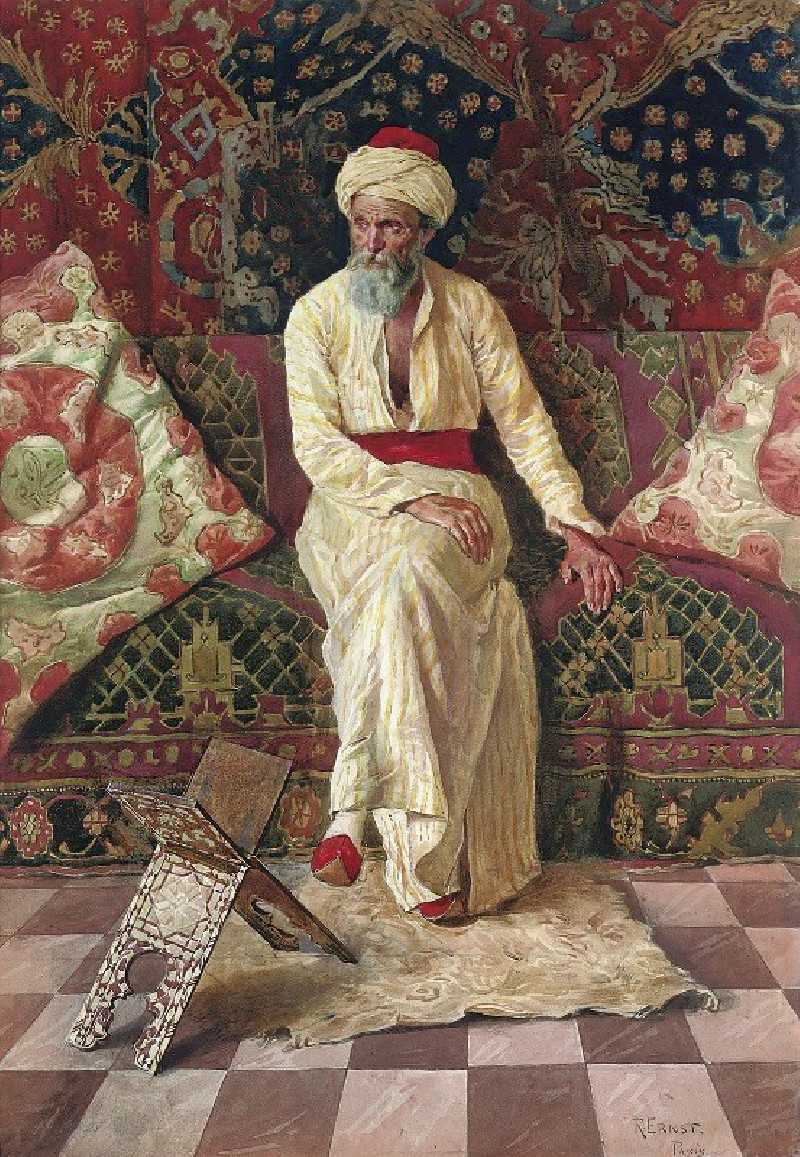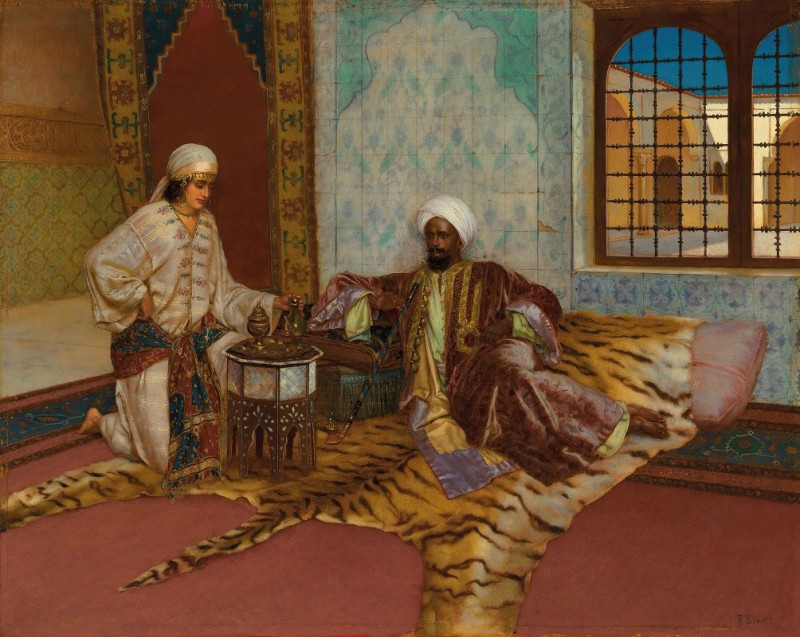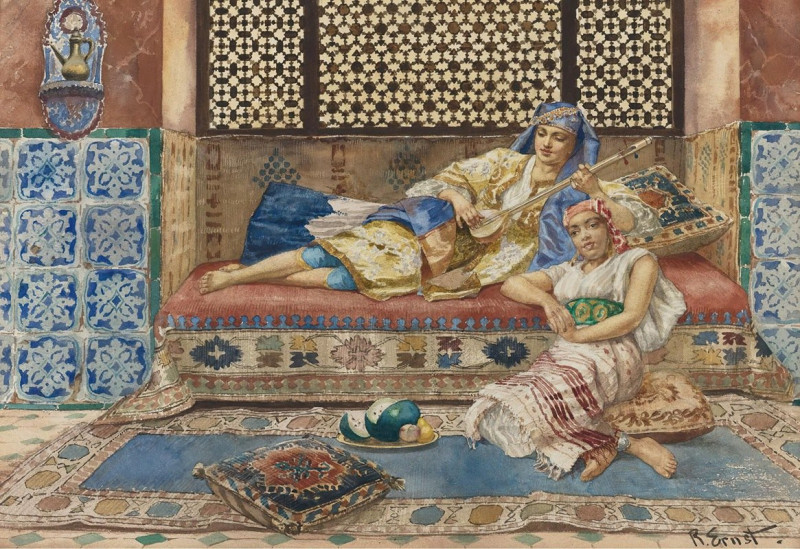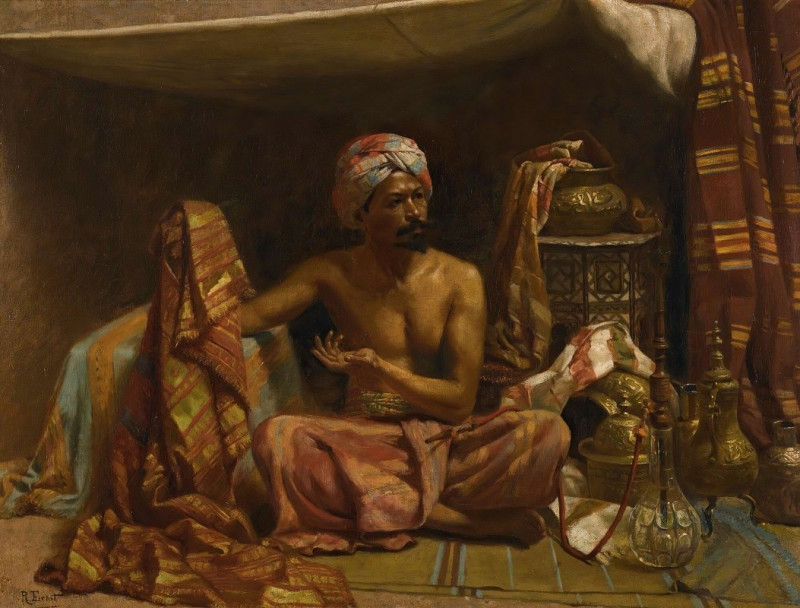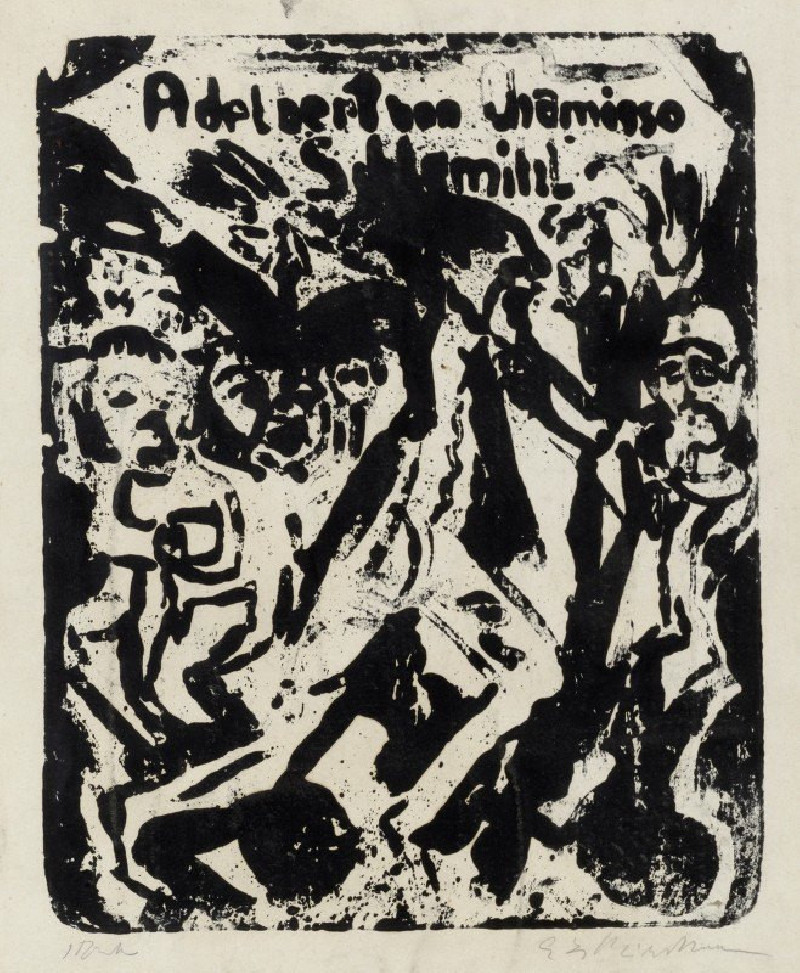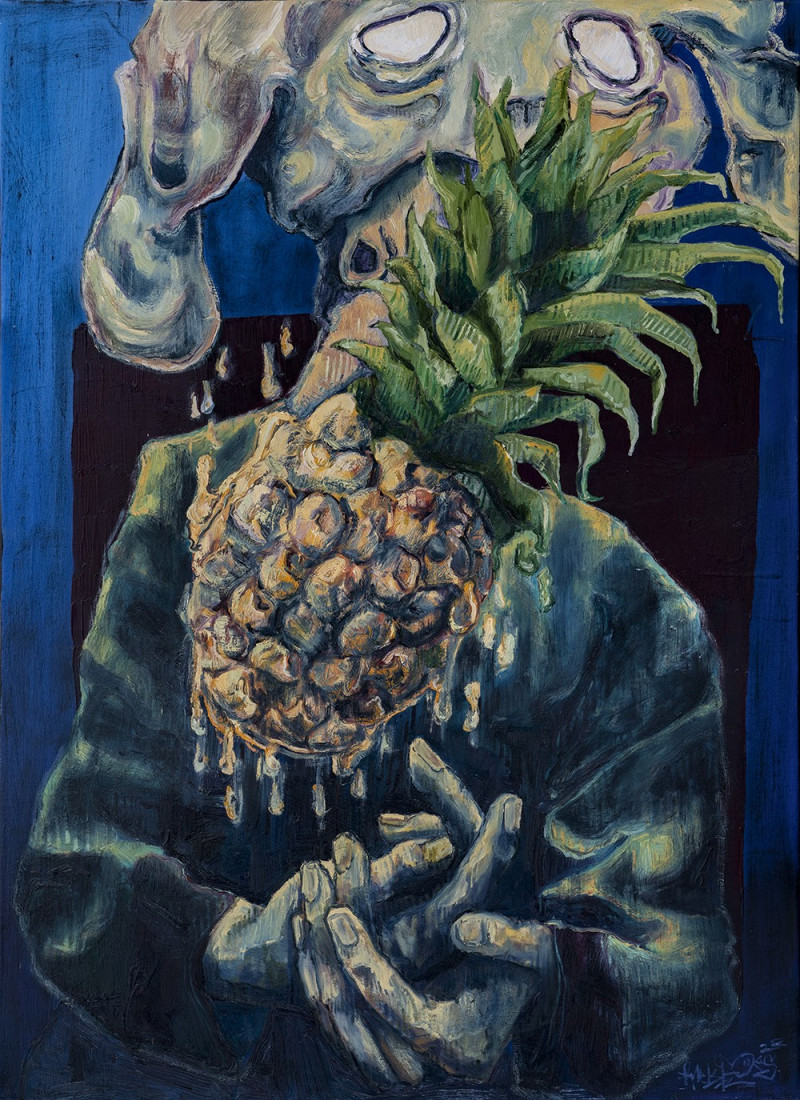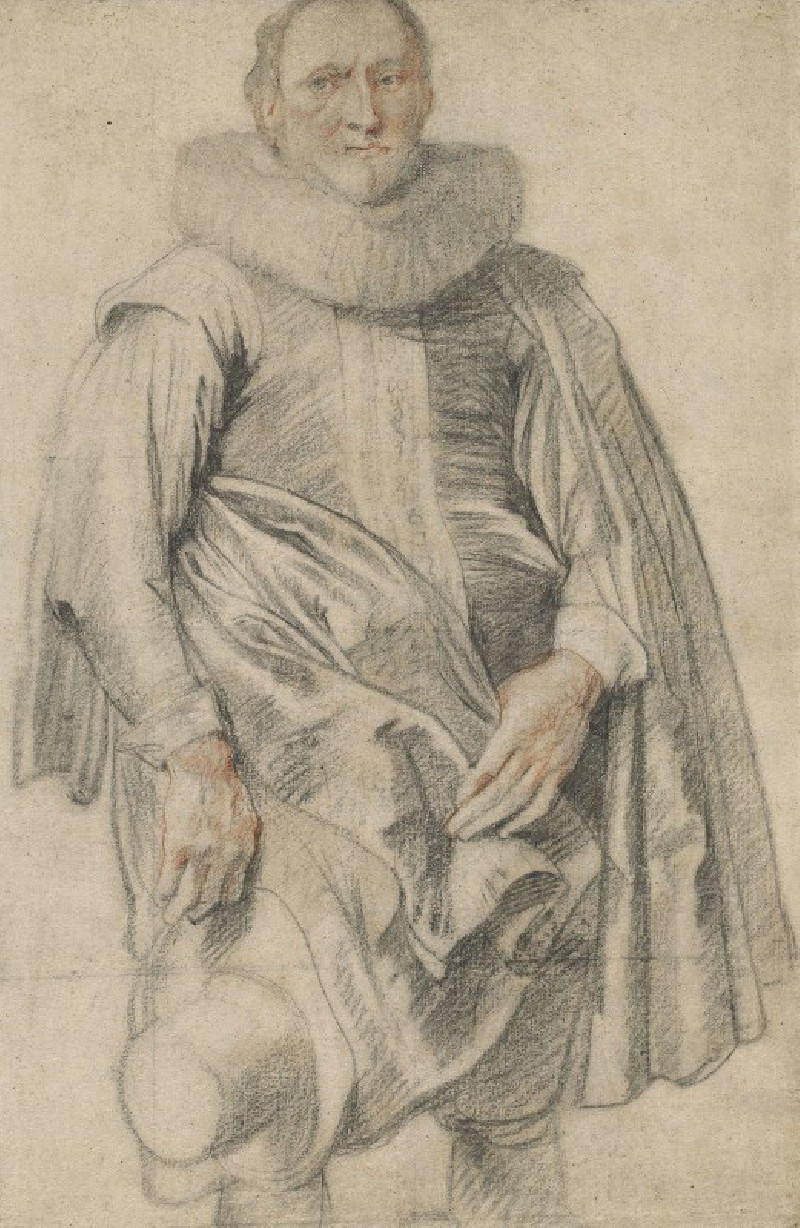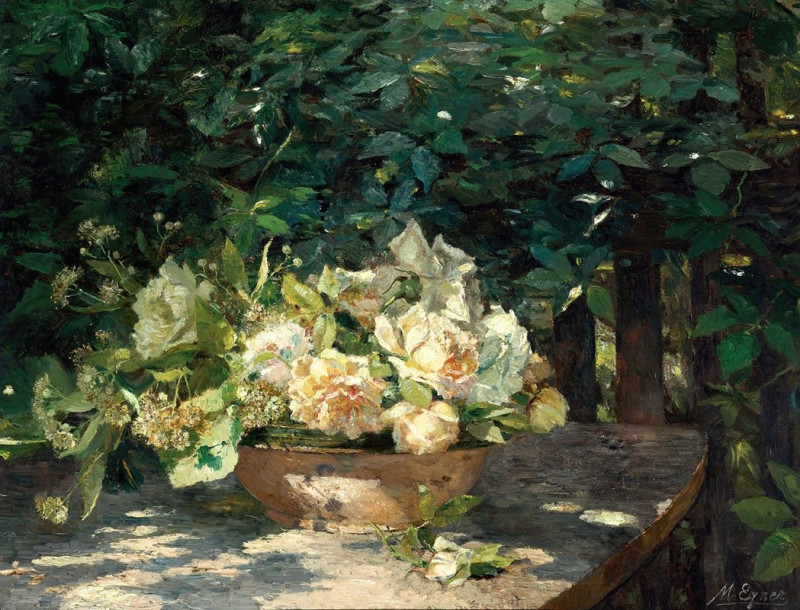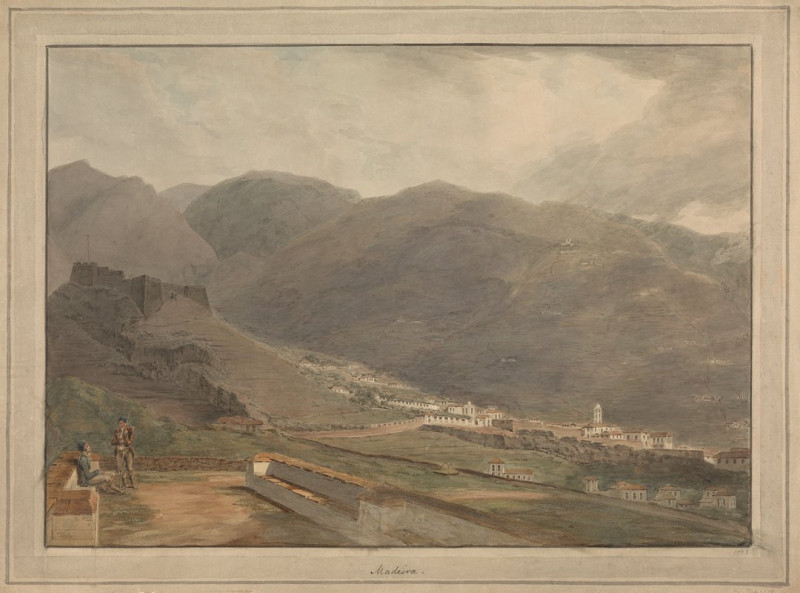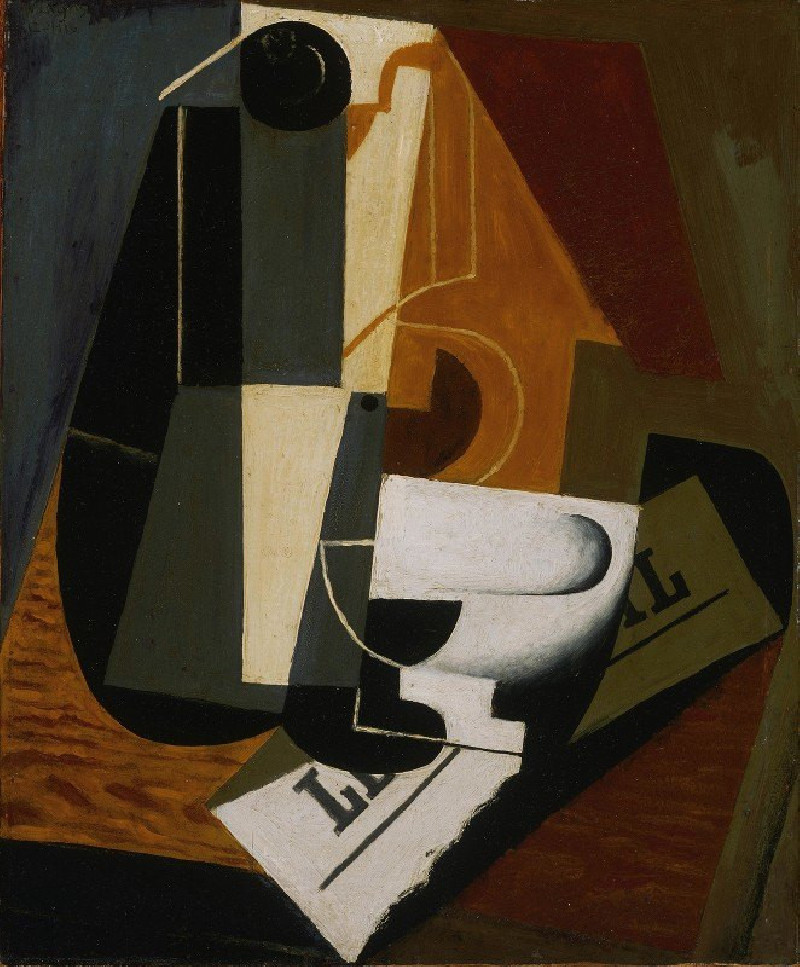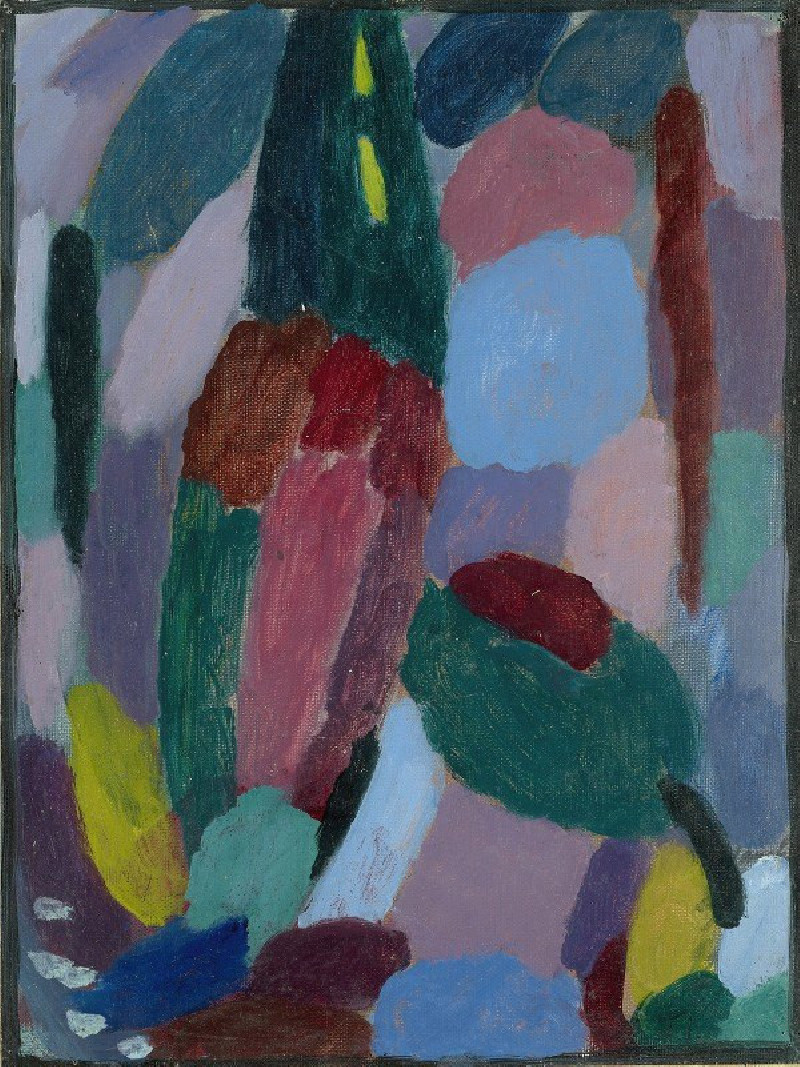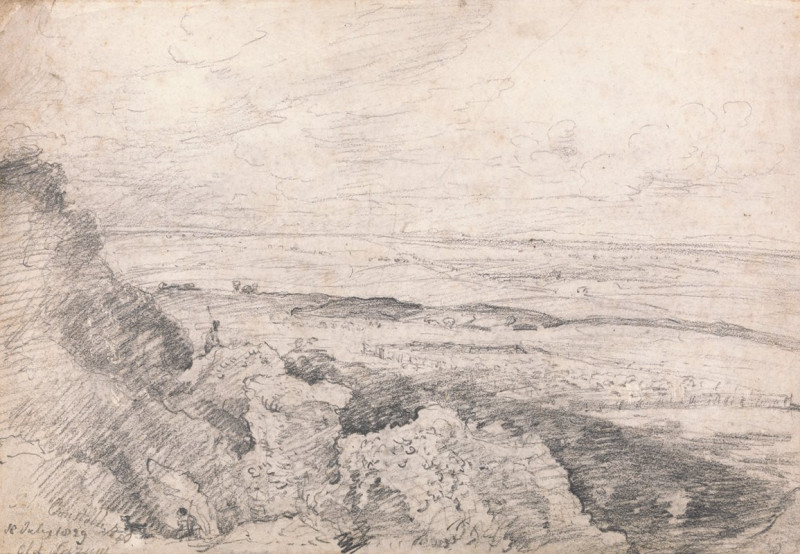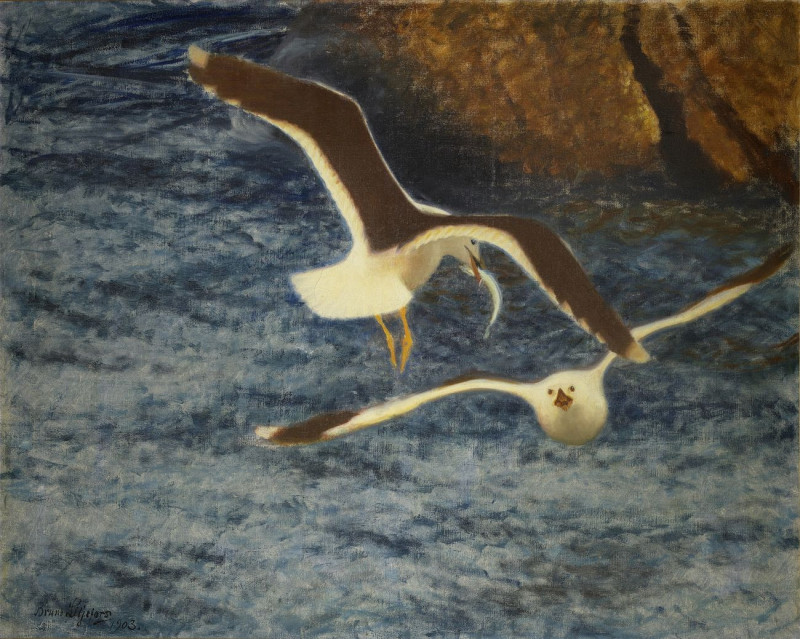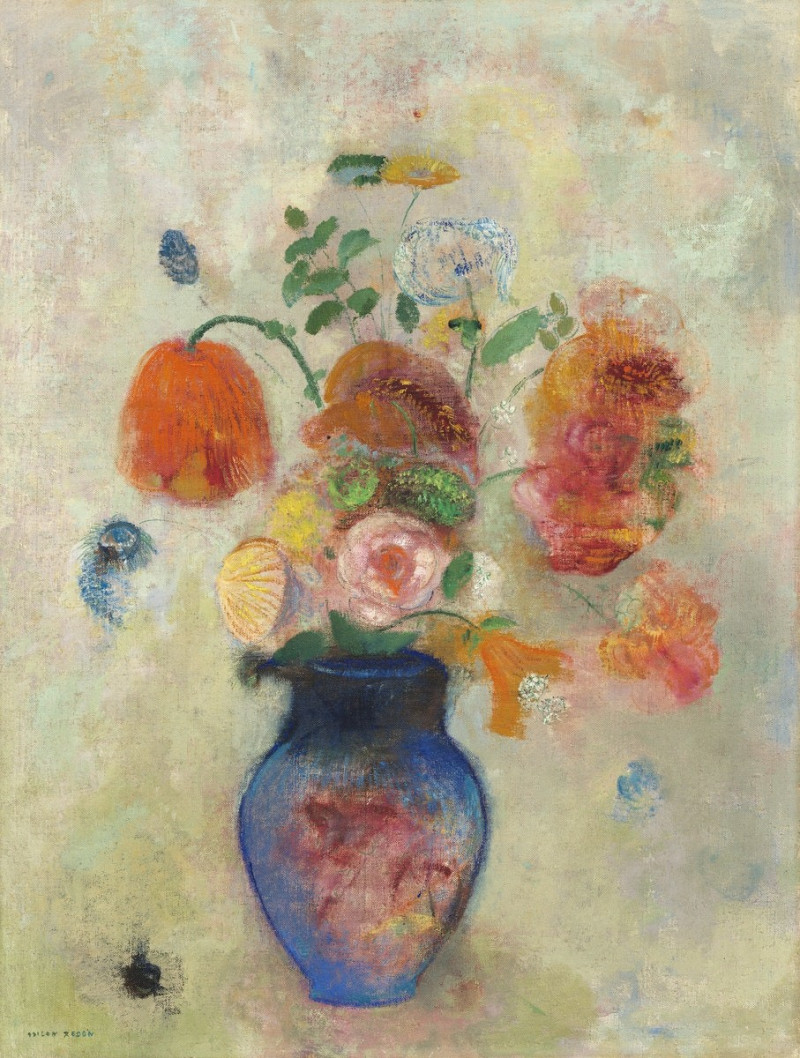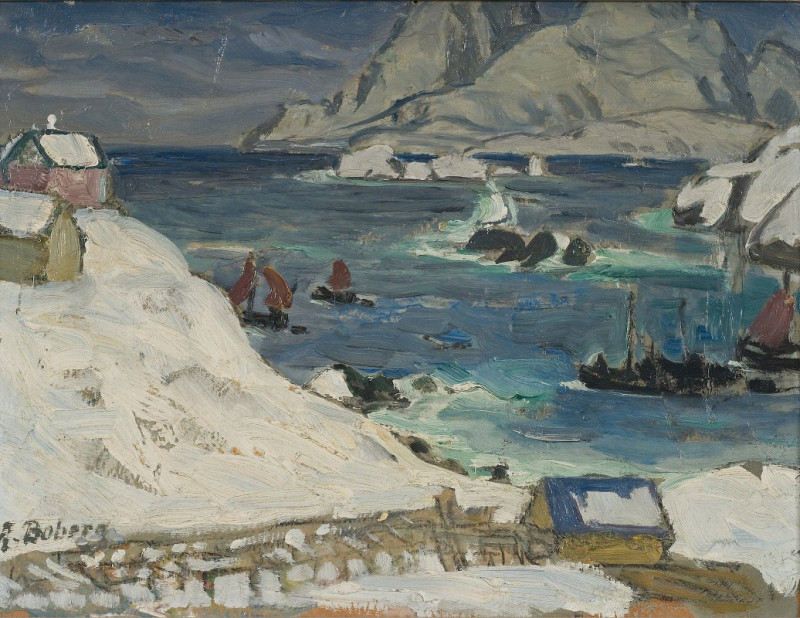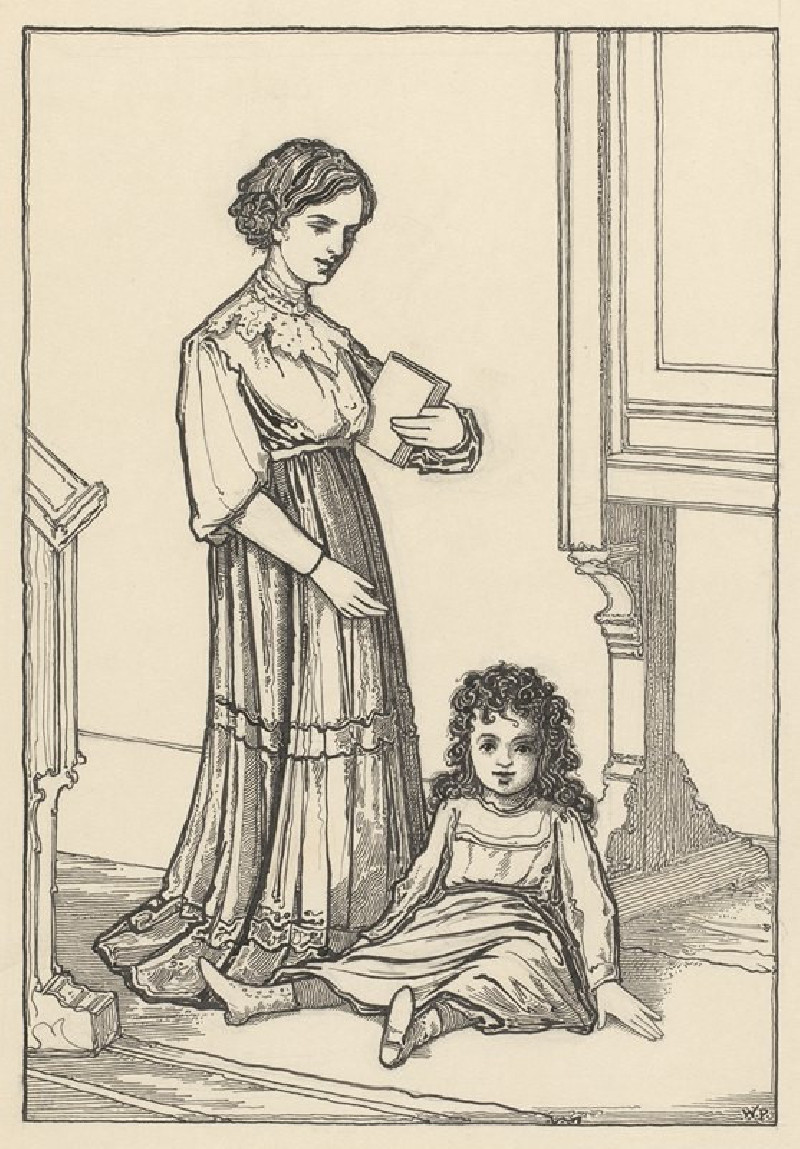After Prayers
Technique: Giclée quality print
Recommended by our customers
More about this artwork
"Explore the serene yet evocative scene captured in Rudolf Ernst's painting titled 'After Prayers'. This captivating artwork transports viewers into a meticulously detailed architectural setting, possibly within an ornate mosque or palace. The painting features two figures clad in traditional attire, suggesting a setting in the Middle East or North Africa.The elder man, wearing a flowing white robe and a pure white turban, leans slightly on a staff, exuding an air of wisdom and tranquility. Accompanying him is a younger man, dashing in a richly embroidered dark robe and a vibrant red fez, carrying a book, likely a holy scripture. Their expressions and relaxed postures suggest a moment of quiet conversation or reflection after performing prayers.The backdrop is equally stunning, with intricate Islamic arches and detailed geometric and floral motifs adorning the walls and columns. The use of light enhances the texture of the marbled floor and the delicate patterns of the tiles, enriching the overall composition. A large decorative urn on the left further emphasizes the opulence of the setting.
Delivery
Returns
Rudolf Ernst was an Austro-French painter, printmaker and ceramics painter who is best known for his orientalist motifs. He exhibited in Paris under the name "Rodolphe Ernst".
He was the son of the architect Leopold Ernst and, encouraged by his father, began studies at the Academy of Fine Arts Vienna at the age of fifteen. He spent some time in Rome, copying the old masters, and continued his lessons in Vienna with August Eisenmenger and Anselm Feuerbach.


